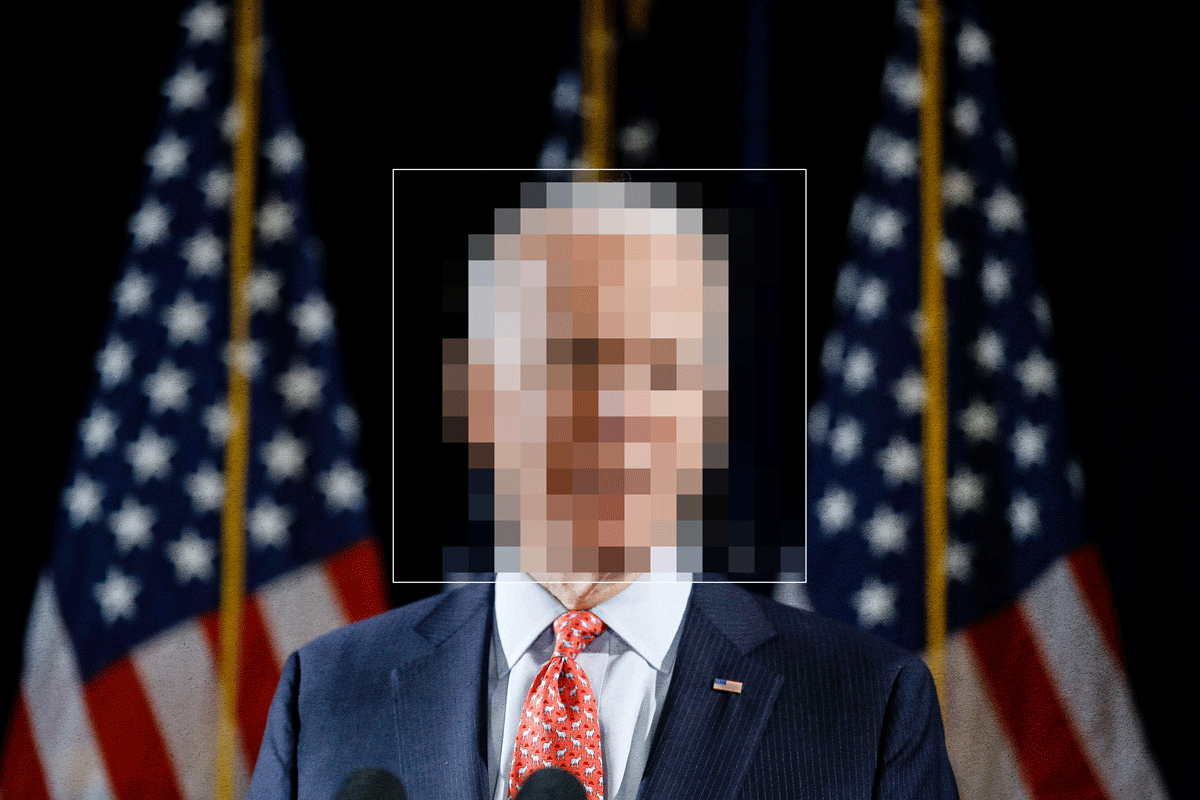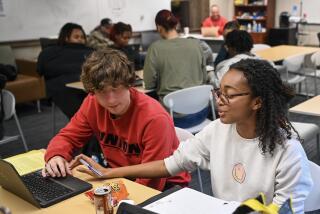Fusing physics, cryptography to solve a nuclear inspection paradox

The solution to ridding nations of nuclear warheads may come from a simple puzzle involving marbles.
That, at least, is what lies at the core of a warhead verification protocol designed by a Princeton University team, published this week in the journal Nature.
Physicist Alexander Glaser, who has one foot in the public policy school and the other in the engineering faculty at Princeton, was puzzling over an apparent paradox: How can you authenticate something without revealing anything about it? After all, nobody wants a foreign inspector seeing how a warhead is made.
The standard answer thus far has been to design an electronic gizmo to mask the classified information but still spit out a yes/no answer. Such information screens, however, could be hacked.
Glaser happened to vent his frustration to the right people: mathematicians who tinkered with zero-knowledge proofs.
“I said, the challenge is to do it without learning anything, and they said, what about what we call zero-knowledge proofs?”
Glaser hadn’t heard of such a thing. He reached out to Boaz Barak, a former Princeton associate professor working for Microsoft Research, and fellow Princeton plasma physicist Robert Goldston. The trio set out to take zero-knowledge proofs into the nuclear age.
“Personally, I just find it’s a fascinating and counterintuitive statement, that I can prove something is true without revealing why something is true,” said Glaser.
A classic zero-knowledge proof involves a secretive marble owner. He has two cups holding the same number of marbles, between 1 and 100, and wants to prove they are equal. But he doesn’t want to pour out the marbles for counting. So, the secretive marble owner strikes a deal: He’ll prepare two buckets, each holding 100 marbles minus the number of marbles he has in each cup, and then allow an inspector to randomly match an unseen cup and an unseen bucket.
The owner then pours the contents of the chosen cup into the chosen bucket, and hands over the bucket for counting. It should add up to 100. So should the other bucket with the other cup’s contents. The inspector has verified what the marble hoarder claimed, but still does not know how many marbles he had.
No matter how the marble hoarder might tinker with the buckets, there would be a 50/50 chance of getting caught in a lie after one cup was poured. It turns out that if you run this trial multiple times, the chances of getting away with cheating fall precipitously, the authors noted.
The nuclear equivalent would be offering warheads for verification that had either no nuclear material or a diminished amount - the rest of the plutonium might be hidden.
Taking the marble game to the nuclear age involves high-energy neutron radiography, somewhat like a medical X-ray. Warheads are subjected to a barrage of high-energy neutrons, and a detector records the intensity of neutrons that come off it at large angles. This creates a signature reading for the warhead. (The researchers ensure that the energies involved won’t damage the warheads or trigger an explosion.)
By loading detectors with a negative of the warhead radiograph, the inspector ought to see nothing if the warhead is legitimate. The images cancel out.
But as in the bucket and cup game, the inspector would be able to make random pairings, one of which would involve a “template” of a typical nuclear warhead.
“The host gives me two detectors, and I can choose which one I will use on the template and which one I will use on the inspected item,” Glaser said.
If there is a mismatch, then the inspector not only will catch the cheater, but will wind up “seeing” details of the warhead through the negative – the very weapons-making information the host does not want proliferated. So, there is an incentive to play fair, according to the study.
“If the weapon is not as on the template, then it will show data which itself could be proliferative,” said John Finney, a physicist at University College, London, who was not involved in the study, but wrote an analysis of the report for Nature. “So, if the host does try to cheat, then they could actually end up giving up information they didn’t want to. I think, conceptually, it’s brilliant.”
The Princeton researchers engineered a proof of concept using high-energy neutrons to bombard a testing object that mimics the properties of a real warhead.
“We’re trying to throw this out there and see what people think of it,” Glaser said. “There may be different ways to apply this.”
Other researchers are looking into whether similar zero-knowledge protocols could be applied in fields where information may be sensitive, such as in DNA testing, data mining or electronic voting.
Whether such a system will ever examine real warheads may be less a scientific question than a political one. There appears to be no appetite for a next-generation disarmament accord between Russia and the United States, now tensely locked in disputes over Ukraine and Syria.







